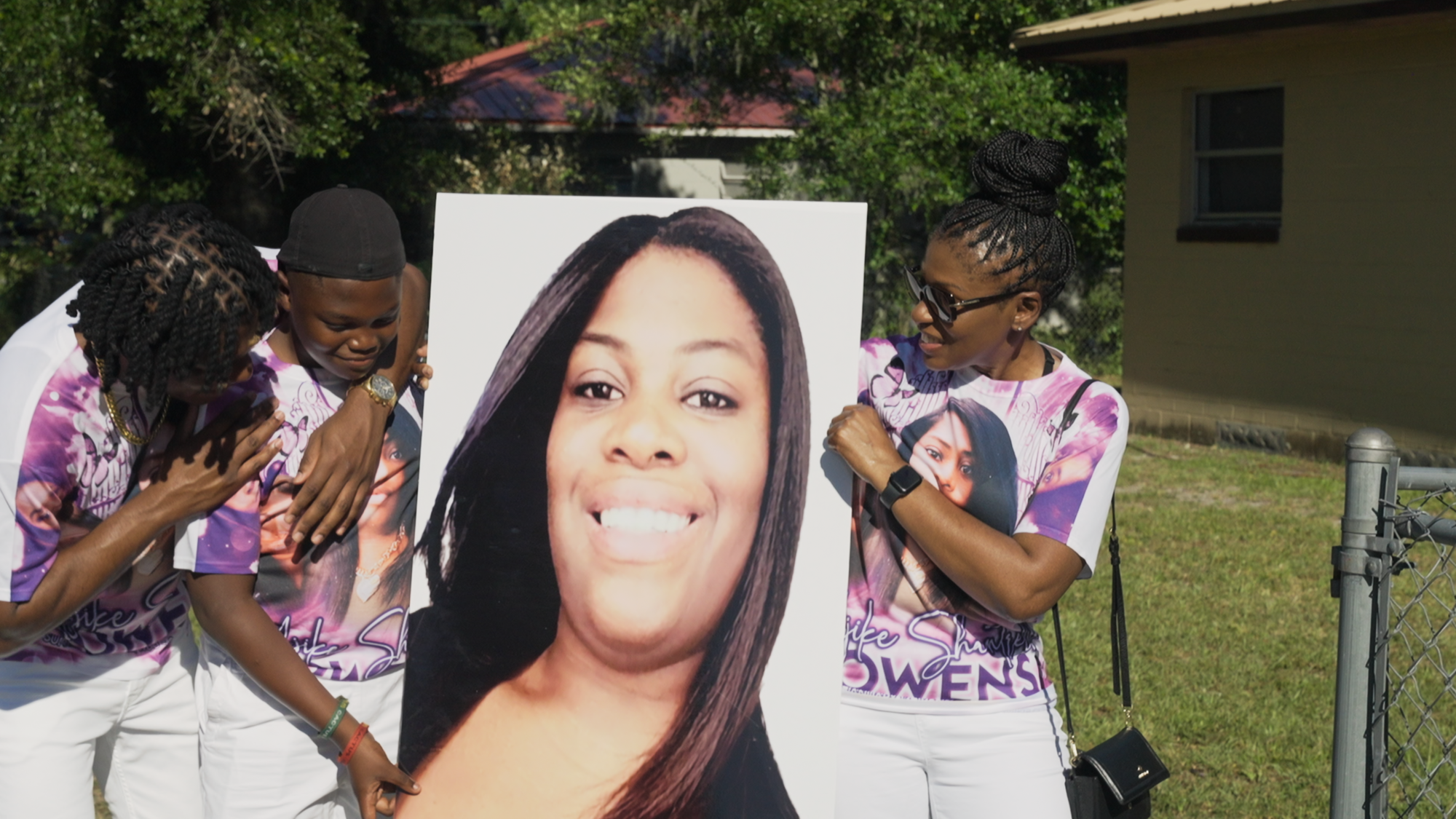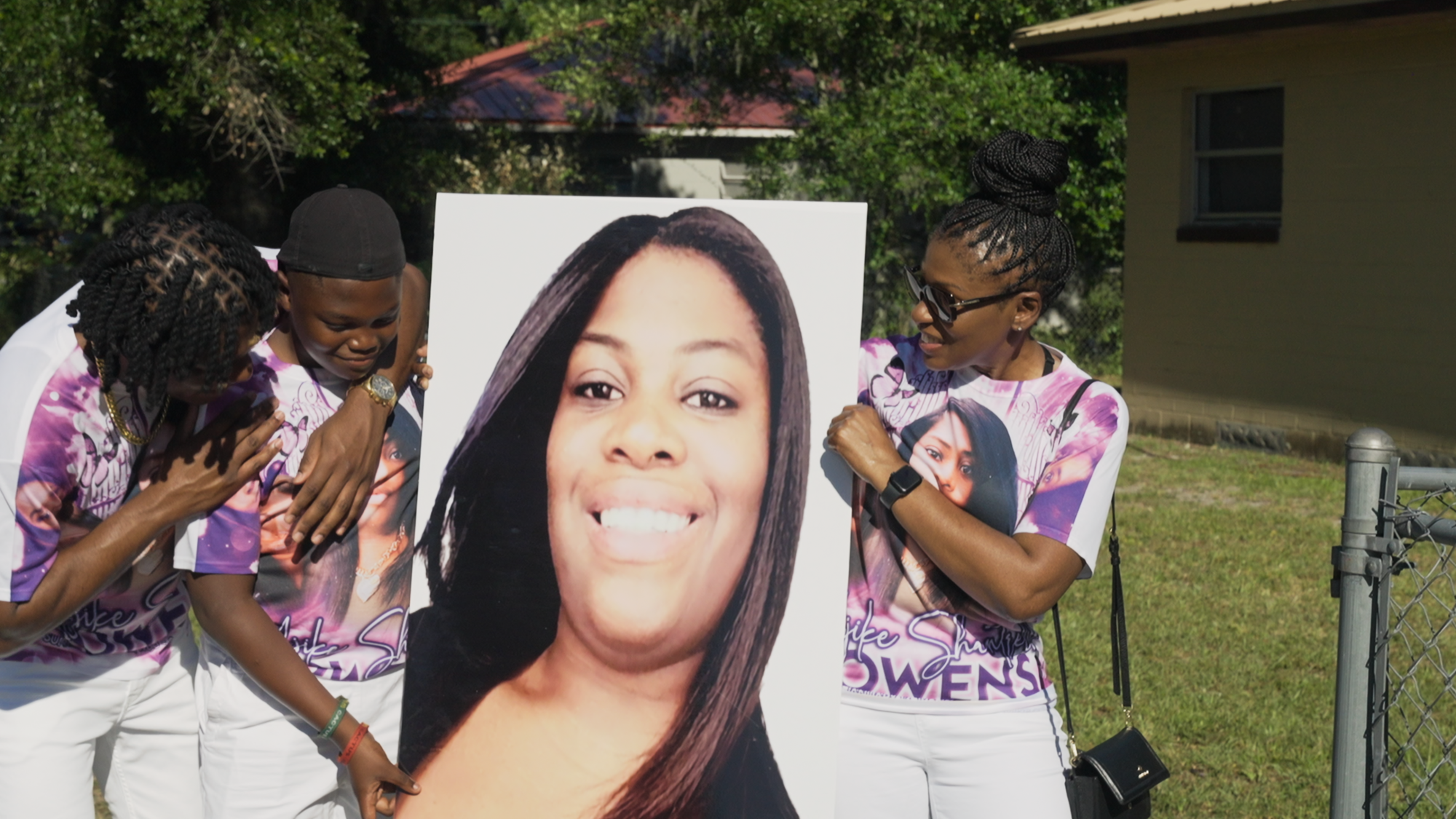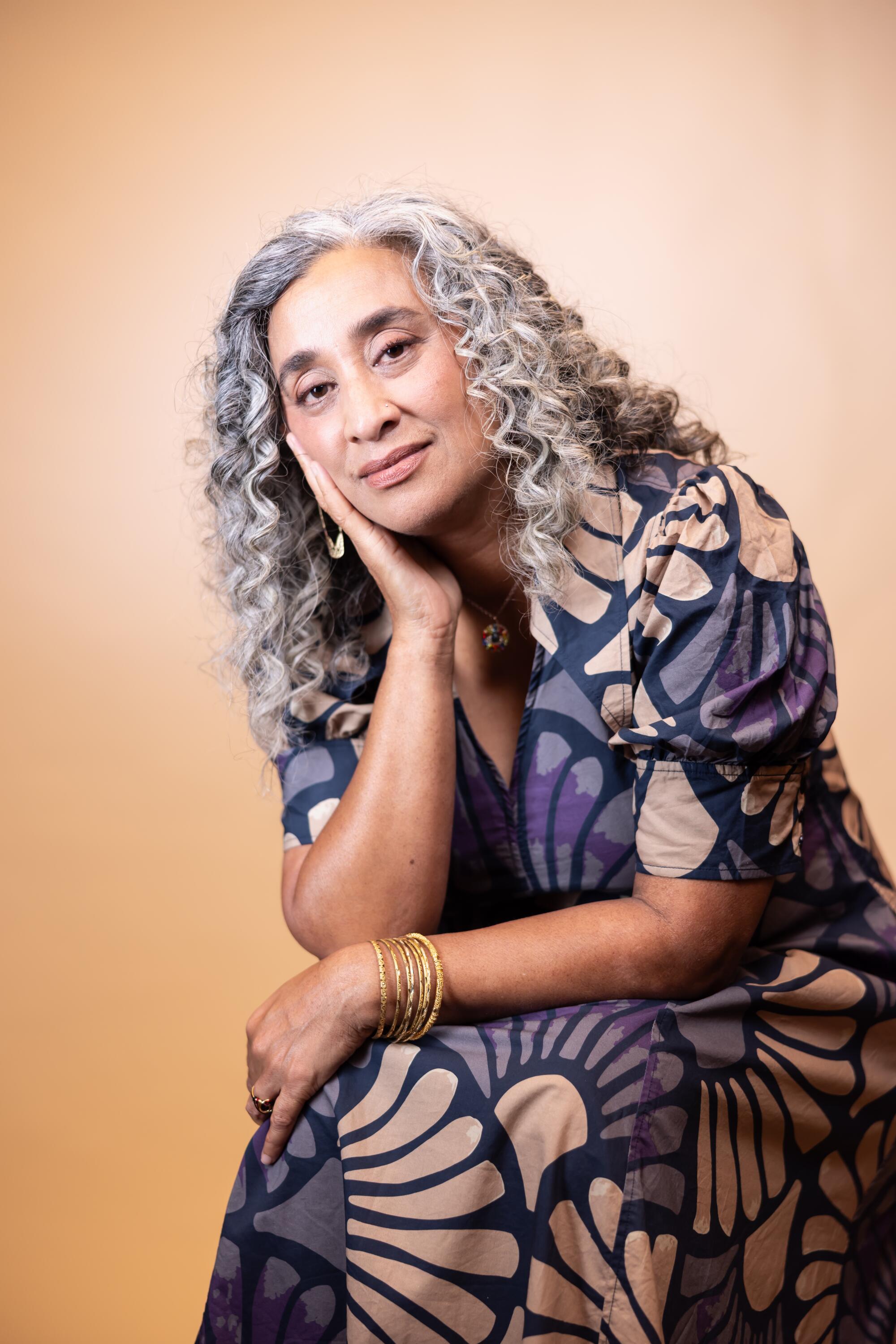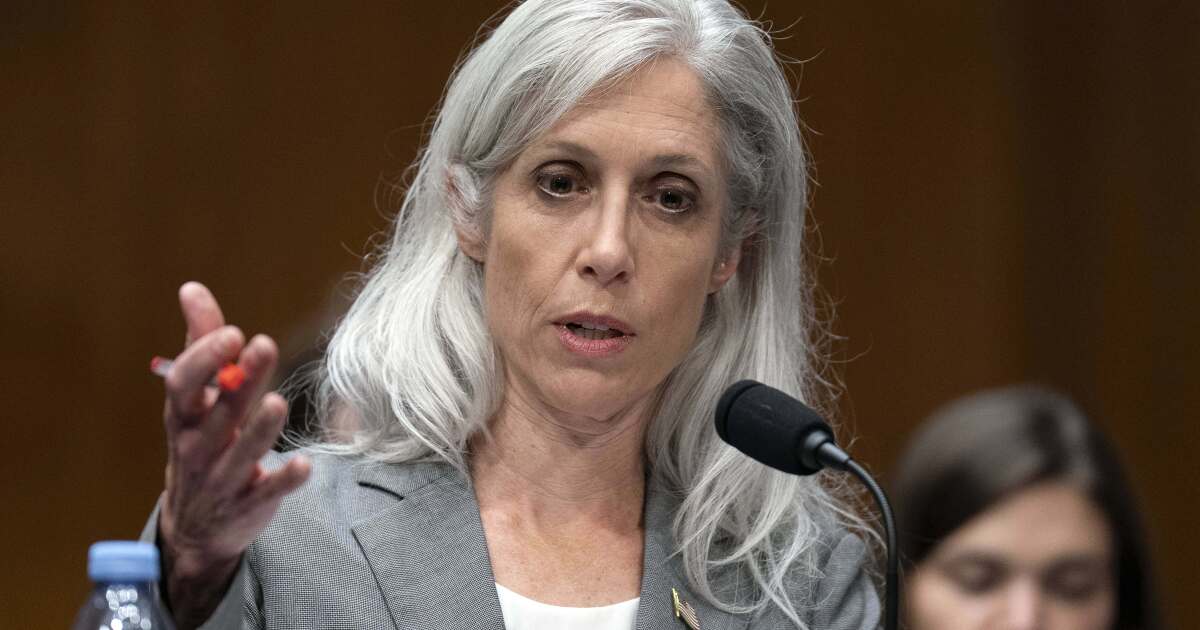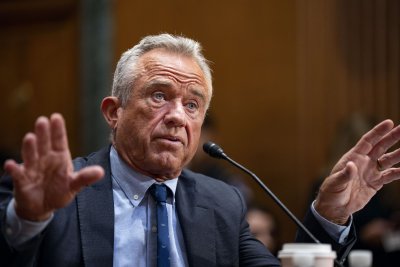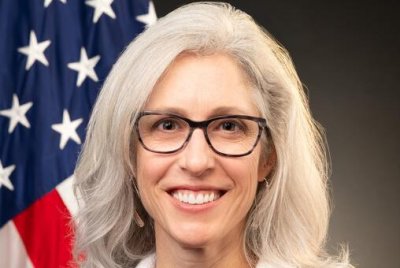‘Sacrament’ review: Susan Straight pays tribute to COVID nurses
Book Review
Sacrament
By Susan Straight
Counterpoint: 352 pages, $29
If you buy books linked on our site, The Times may earn a commission from Bookshop.org, whose fees support independent bookstores.
Throughout the spring and summer of 2020, across the U.S. and the world, millions of quarantined citizens appeared nightly at their windows and balconies, offering thanks to the healthcare workers whose lives were dedicated to saving theirs. In my little corner of Silver Lake, 7 p.m. commenced a daily cacophonous communal concert of pots and pans banging, trombones and trumpets blaring, dogs and coyotes howling: a grateful group roar. I was 67 with a history of respiratory illness: extra high risk. My younger neighbors, knowing this, grocery-shopped for me, sweetening my mornings with fresh milk and fruit during those long, grim days.
“Sacrament” is Susan Straight’s homage to a small fictional band of ICU nurses battling the 2020 COVID-19 surge at a San Bernardino hospital. Her 10th novel follows the beat she’s been covering, and living, since her first. “Aquaboogie,” her 1990 debut, was set in Rio Seco, a fictional stand-in for Riverside, where Straight grew up and still lives. The first in her bloodline to graduate high school, Straight earned an MFA at the University of Massachusetts and brought it home to UC Riverside, where she’s been teaching creative writing since 1988. Her twin passions for her homeland and lyrical artistry bloom on every page. “All summer, there had been fewer cars on the road in Southern California, and everyone remarked on how with no smog, the sunsets weren’t deep, heated crimson. Just quiet slipping into darkness.”
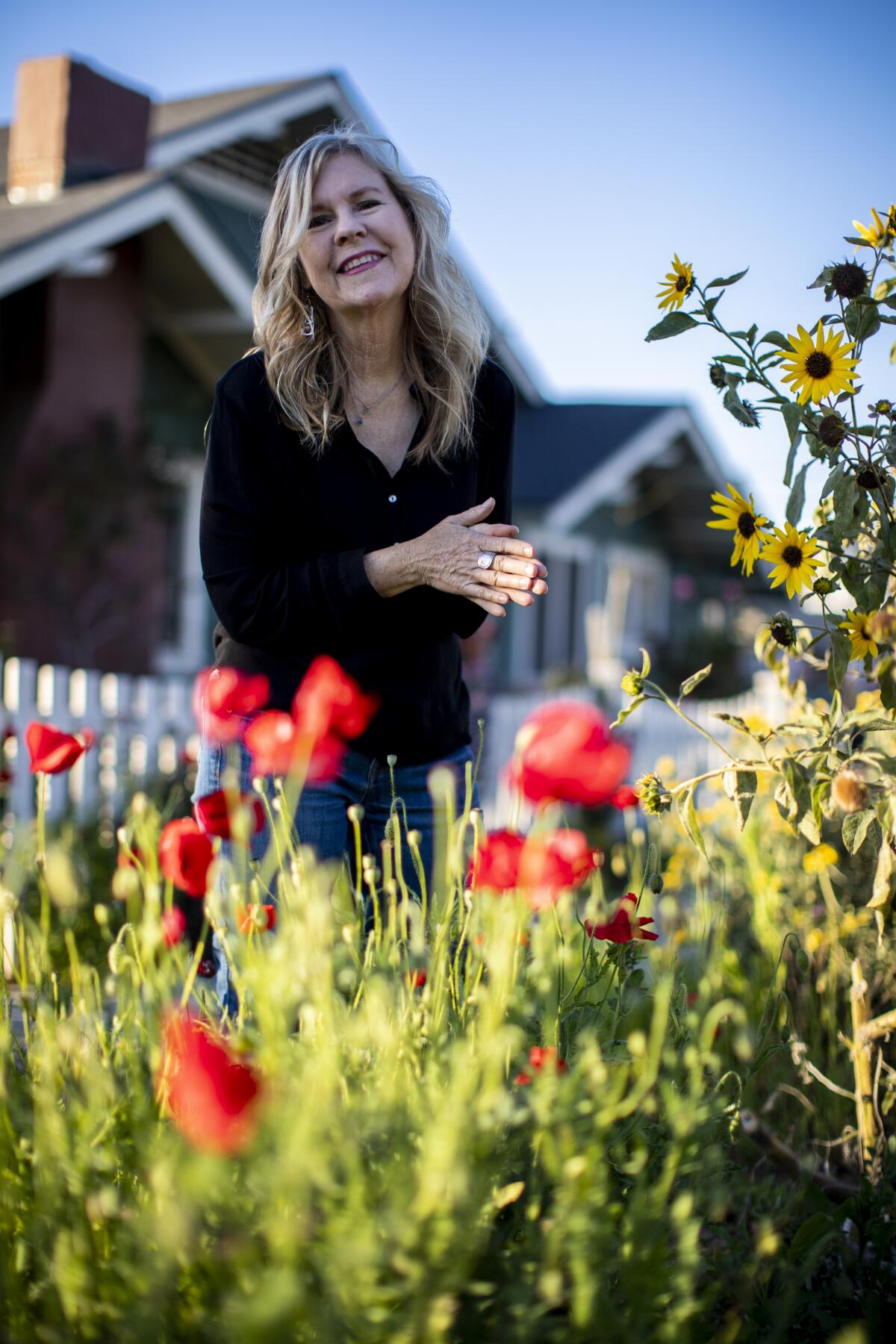
As Susan Straight’s work invariably does, “Sacrament” challenges the prevailing notion that the overlooked Californians she centers in her work and in her life are less worthy, less interesting, less human than their wealthier, whiter, more visible urban counterparts.
(Gina Ferazzi / Los Angeles Times)
The Los Angeles Times dubbed Straight the “bard of overlooked California,” and “Sacrament” proves the praise. Straight’s African American ex-husband and three daughters; her Latino, Filipino, white, Native and mixed-race neighbors; and her immersion in overlooked California bring new meaning to the advice “write what you know.” Straight’s personal and literary missions extend to who she knows.
In “Sacrament,” Straight turns her singular focus to a handful of nurses camping in a wagon train of funky, sweltering trailers near the hospital they call Our Lady. Separated from their spouses and kids — “Six feet apart or six feet under,” Larette’s son Joey chants — Larette, Cherrise, Marisol and their colleagues are themselves underprotected from the virus, which they eventually contract, and from the domestic dramas that seep from home into their pressure-cooker days. Fearful that her mom will die, Cherrise’s teenage daughter, Raquel, convinces Joey to drive her to the hospital from the date farm where Raquel has been deposited into her Auntie Lolo’s care. The drive should take two hours, but the teens are MIA for two nightmare days. Having narrowly escaped a would-be captor, Raquel remains haunted by her near fate. “The fingers in her hair pulling so hard her scalp felt like it had tiny bubbles under the skin. Wait till I pull your hair for real, bitch. She heard him even now.”
Diving deeper than the quotidian insults of her characters’ loneliness, poverty and fear, Straight brings us inside their exhausted minds. Attempting a nap, Larette lies on the break room cot, eyes closed, to no avail. “Ghost fingers in her left palm. Her right hand holding the phone on FaceTime for the wives. The husbands. The children who were grown,” she writes. “All their faces. Stoic. Weeping. Biting their lips so hard.” Later, Larette tells her husband, “Everyone you see on TV, banging pots and pans, everyone doing parades, it’s so nice. But then I have to be all alone with — their breath. Their breath just — it slows down and it’s terrifying every time.”
Perhaps most painful among the nurses’ many miseries is their isolation: the secrets they keep in hopes of sparing their loved ones an iota of extra suffering. “None of us are telling anyone we love about anything, Larette thought. She hadn’t told [her husband] anything true in weeks.”
As Straight’s work invariably does, “Sacrament” challenges the prevailing notion that the overlooked Californians she centers in her work and in her life are less worthy, less interesting, less human than their wealthier, whiter, more visible urban counterparts. Programmed to equate “rugged independence” with success, many advantaged Americans first appreciated human interdependence (berries in our cereal, test kits on our porches) in lockdown. In Straight’s world, raising each other’s kids, feeding each other’s elders, keeping each other’s secrets, mourning the dead and fighting like hell for the living is not called exigence. It’s called life.
“Sacrament” broadens the reader’s understanding of community beyond flesh-and-blood friends, family and neighbors. The love and care that flow within her community of characters draws the reader into their bright, tight circle, making the characters’ loved ones and troubles feel like the reader’s own.
Spoiler alert: The nurses’ sacrifices, strengths and foibles; their families, robbed not only of their moms and wives and daughters but also of any shred of safety; and their patients — who have tubes stuffed into their urethras and down their throats, blinking their desperate last moments of life into iPads as they take their final breaths — will likely make the reader see and respect and love not only these characters, but the consistently brilliant author who gave them life on the page of this, her finest book.
Maran, author of “The New Old Me” and other books, lives in a Silver Lake bungalow that’s even older than she is.
